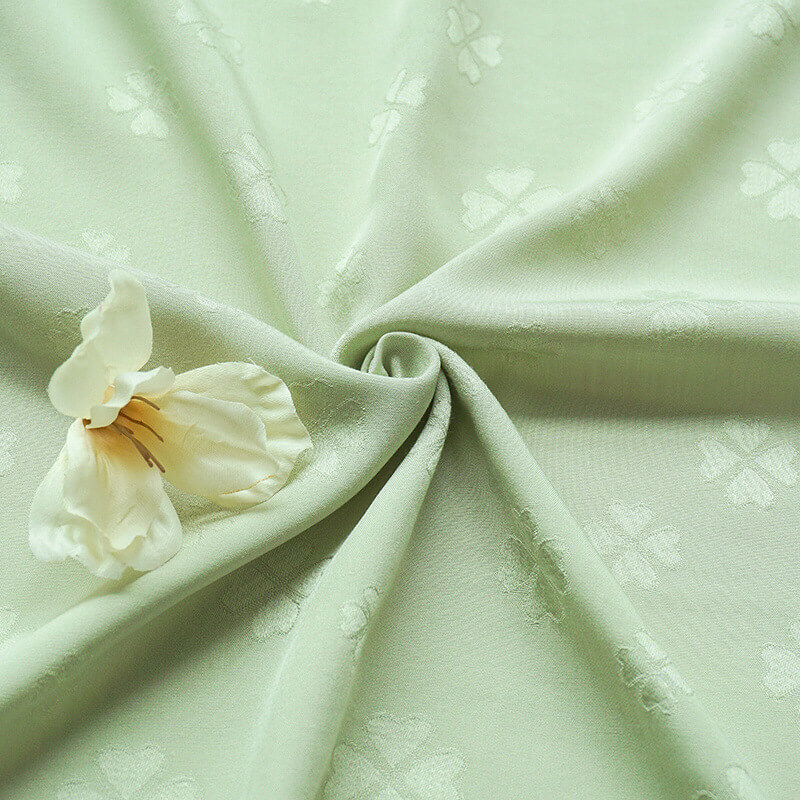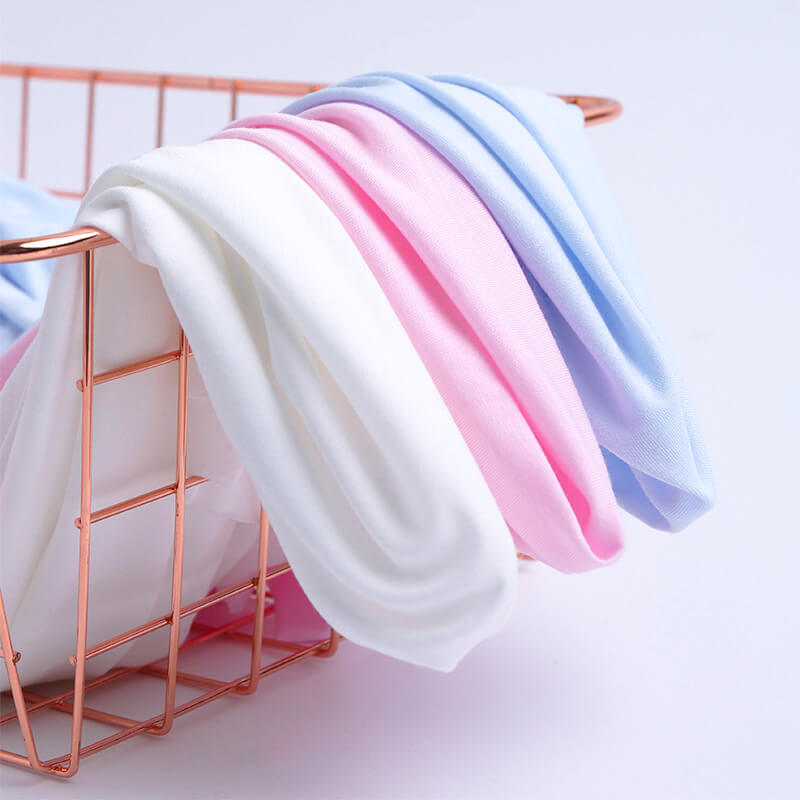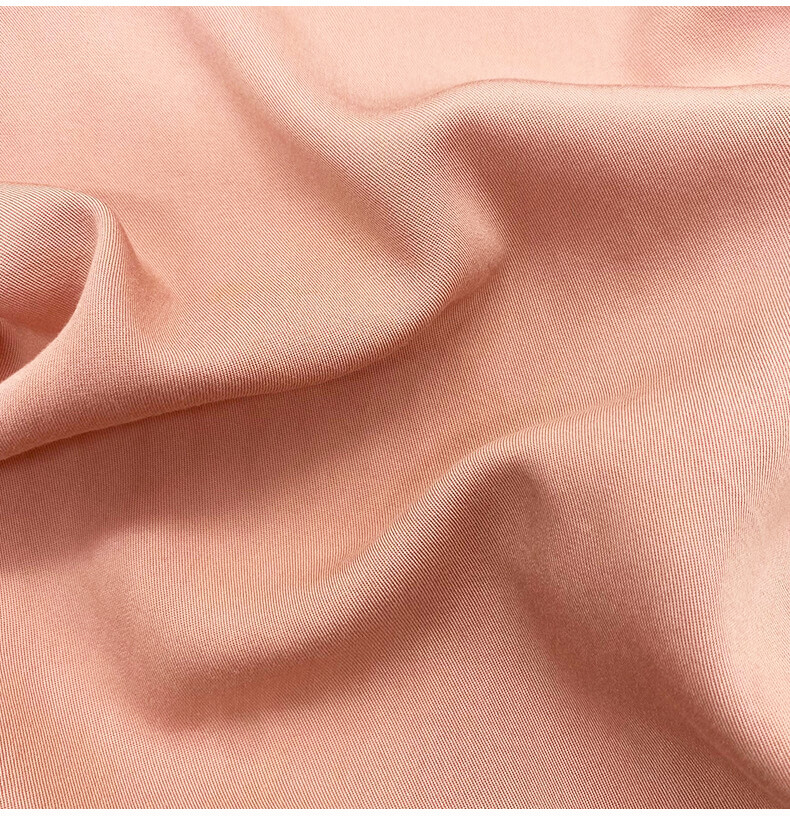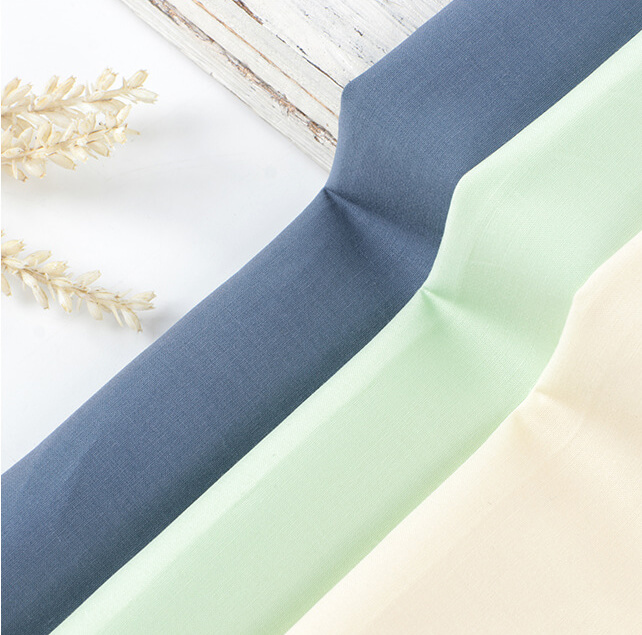When you are entering the business of selling personalized apparel, it is crucial to understand the different fabrics. The success of your clothing business hinges on your understanding of different fabrics.
All fabrics differ from each other and all have their pros and cons. By having deep knowledge about fabrics, it becomes easier to select a material that will fit your customers’ needs and that they will love.
This article will extensively discuss viscose fabric and its features. We will also explore how this fabric compares to other materials to give you a clear understanding of it and if it best fits your needs.
What Is Viscose Fabric?
Viscose fabric is a semi-synthetic fibre belonging to the rayon family and is created from regenerated cellulose fibres. This semi-synthetic fibre can be obtained from raw materials such as sugar cane, wood pulp, bamboo etc. Often the terms viscose and rayon get used irreplaceably and even though some minor differences do exist, the main difference is the manufacturing process.
Let’s take a look at the three types of rayon:
- Viscose rayon. This particular rayon can be made out of different plants, but it is usually made of wood pulp using the viscose process. Viscose has a similar texture and drape to silk yet is much cheaper than silk.

- Modal rayon or modal. This is a semi-synthetic fabric produced from beech tree wood pulp. The process of making modal uses less sodium hydroxide than viscose thus it is a bit eco-friendlier. Modal is soft, lightweight and luxurious.

- Lyocell. This fabric is similar to modal and is usually also made from beech tree wood pulp. The difference with the modal is that the production process uses fewer toxic chemicals, thus it is even more eco-friendlier than modal.

Even though all these fabrics are created from wood pulp or other regenerated cellulose sources, their production processes are different thus giving them different features.
The Features of Viscose Fabric

Just like all materials, viscose rayon has its own unique features. This fabric is versatile and great for formal, casual wear and sport. Originally known as artificial silk, viscose has many great features. Here is a list of these features:
- The most prominent feature of rayon is its drapability. Any fabric, as long as viscose is added, will be softer than the original and drapes better.
- Soft feel. Viscose fabric can often look and feel like natural silk, and it has the same soft feel as cotton.
- Breathable. Viscose fabrics are semi-synthetic and super breathable thus perfect for warm weather.
- Lightweight. Viscose is airy and lighter than cotton.
- Absorbent. Viscose fabric effectively absorbs sweat, water, and body oils but doesn’t trap heat. Viscose fabric is therefore great for sportswear.
- Moisture-wicking. Viscose rayon is the least moisture-wicking out of all synthetic fabric. However, is it still great for hot weather that doesn’t have much humidity.
- Great color retention. Viscose fabric retains color for a long time.
While viscose rayon fabric has many pros, there are some cons to it as well.
- Wrinkles easily. Most fibers wrinkle and crease. Thankfully it’s usually combined with another fabric to reduce the likelihood of wrinkling.
- Shrinks in the wash. Depending on how you wash viscose fabric, it will shrink every time you wash it.
- Highly flammable. Viscose fabric is semi-synthetic and thus is highly flammable and burns quickly, just like cotton.
- Environmental impact. The wood fiber that viscose fiber is made of, may not always come from environmentally sustained-grown forests.
- Needs special care. Viscose fibers are extremely delicate and can break if you wash them in the washing machine, thus it is important to read the care label.
Some viscose fabric differs from each other – physical features and effect on the environment is usually due to the production process, supply chain sustainability, and the manufacturer’s integrity.
How to Wash Viscose Fabric?
Viscose fabric is a delicate fabric and requires special care, thus you must always check the care label first as synthetic and natural fibers are often added to the viscose fabric.
Only wash your viscose garment if it is marked as machine washable, if it is not, wash it by hand with cold water.
If on the care label it is marked as machine washable, do the following:
- Choose the lowest cycle or “Hand Wash” setting.
- Turn the viscose garment inside out to retain colors and brightness.
- Place the viscose garments in a mesh laundry bag so no snags and tears can occur.
- Select the cold water temperature and select the lowest spin setting.
If your viscose garment is stained, you can remove the stain by carefully rubbing a mild detergent on the stained area, but do this for a brief moment as doing it too long will cause damage to the garments.
Does Viscose Shrink?
Yes, viscose fabric does shrink, however, because viscose clothes are commonly made with a combination of fibres, the shrinkage becomes minimal. The amount of shrinkage is caused by the percentage of viscose fabric present in the clothing. If the clothes are made of 100% viscose, they may shrink heavily, hence it is important always to read the care label first to know for sure and follow the instructions.
Is Viscose Breathable?
Viscose is highly breathable, doesn’t hold body heat and allows air to flow freely in the garment. The fabric absorbs sweat, body oils and water thus it is a great option for hot summer days.
Viscose vs. Cotton
Cotton is a stronger and more durable fabric than viscose rayon, yet they do are similar in many ways.
| Viscose | Cotton | |
| Origin | Produced from wood pulp and other regenerated cellulose fibers and is semi-synthetic | Created from natural materials |
| Texture | Smooth, silky and soft and feels cold against the skin. | Soft and comfortable |
| Durability | Reduced durability when wet | Increased durability when wet |
| Breathability | Very breathable material and great for warm-weather conditions. | Very breathable material and suitable for clothes worn close to the skin. |
| Versatility | Combines greatly with other synthetic materials. | Versatile combines well with other materials. |
Viscose vs. Polyester
Viscose and polyester are both made from long fibers, yet they are made differently. Some think these two fabrics are similar, but they have some differences.
| Viscose | Polyester | |
| Durability | More durable than silk, but less durable than polyester. | Very durable. |
| Wrinkling | Wrinkles and crease. | Very wrinkle resistance. |
| Ability to wick moisture | Moderate ability to wick moisture away. | Easily wicks moisture away. |
| Resistance to pilling | More likely to pill. | Less likely to pill. |
| Origin | Produced from wood pulp and other regenerated cellulose fibers and is semi-synthetic. | Created from a bib-renewable resource called petroleum and is a fully-synthetic fabric. |
Polyviscose is a mixture of viscose and polyester. Polyviscose has the drape and feel of viscose.
Viscose vs. Rayon
Viscose and rayon are easily confused because viscose is rayon. However, not all rayon is viscose and there is a difference in the production process. The manufacturing processes of all rayon are similar and in the case of model rayon, it undergoes more processing thus the final product is stronger.
| Viscose | Modal Rayon | |
| Texture | Soft and smooth | Soft and smooth |
| Eco-friendliness | Not eco-friendly | Produces less toxic waste, more eco friendly |
| Breathability | Less breathable than modal rayon | More breathable, lighter, and stronger than viscose |
Compared to viscose, modal has greater fiber strength when wet, pills less and is more durable. These features make it a little easier to care for.
Products with Viscose From Lezhou
Today, a combination between viscose and other fabrics is frequently happening. Combining fabrics has become an easy way to create a balance between durability, breathability, and comfort. In short, combining fabrics can get you the best of all worlds. I recommend using viscose fabric to make t-shirts and tank tops.
Wrapping Up
There is no fabric that is better than the other because they all have their pros and cons and viscose is no exception. The strength of viscose lies in the fact that it offers a middle way for people who find it difficult to decide if they should use synthetic or natural fabric.
